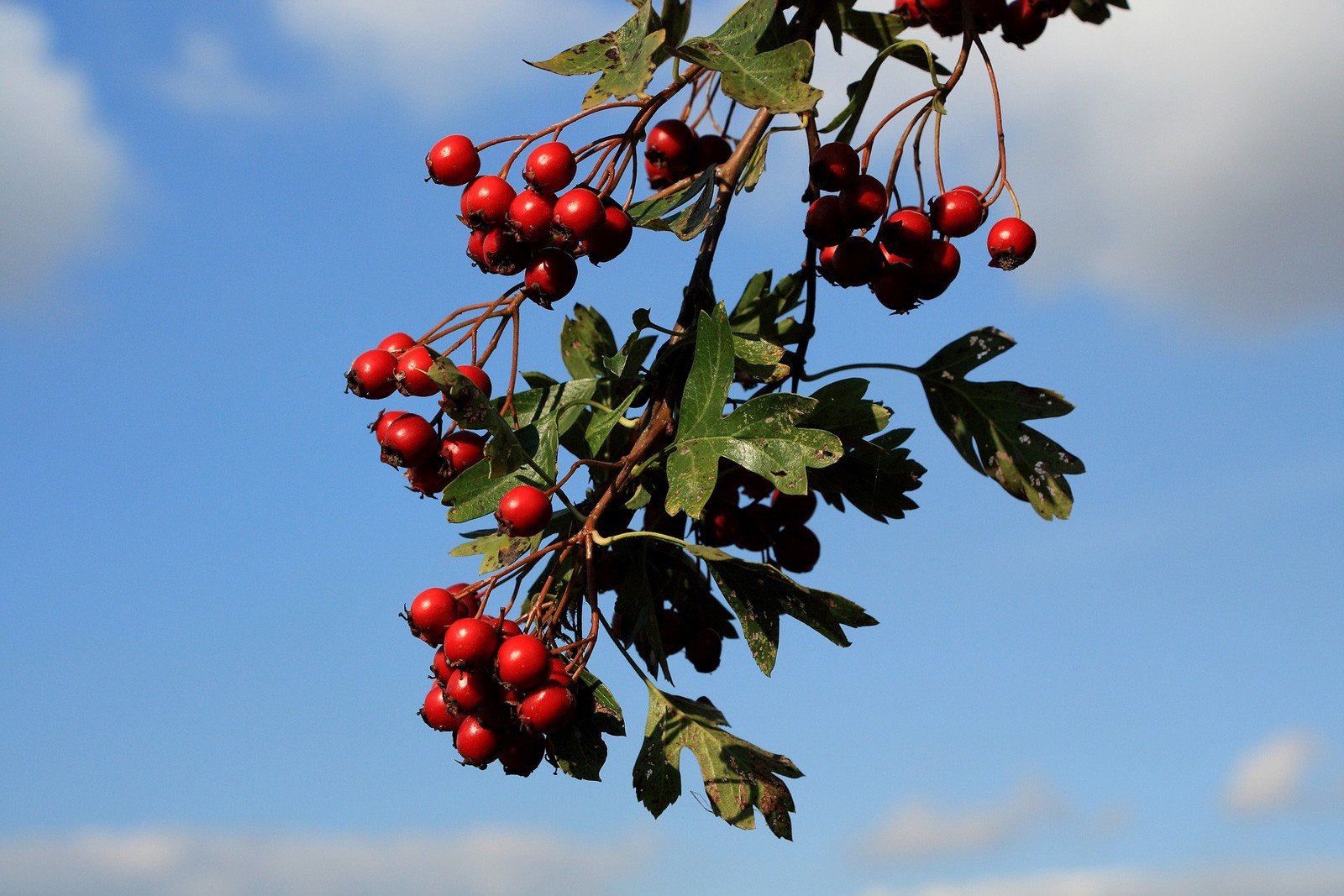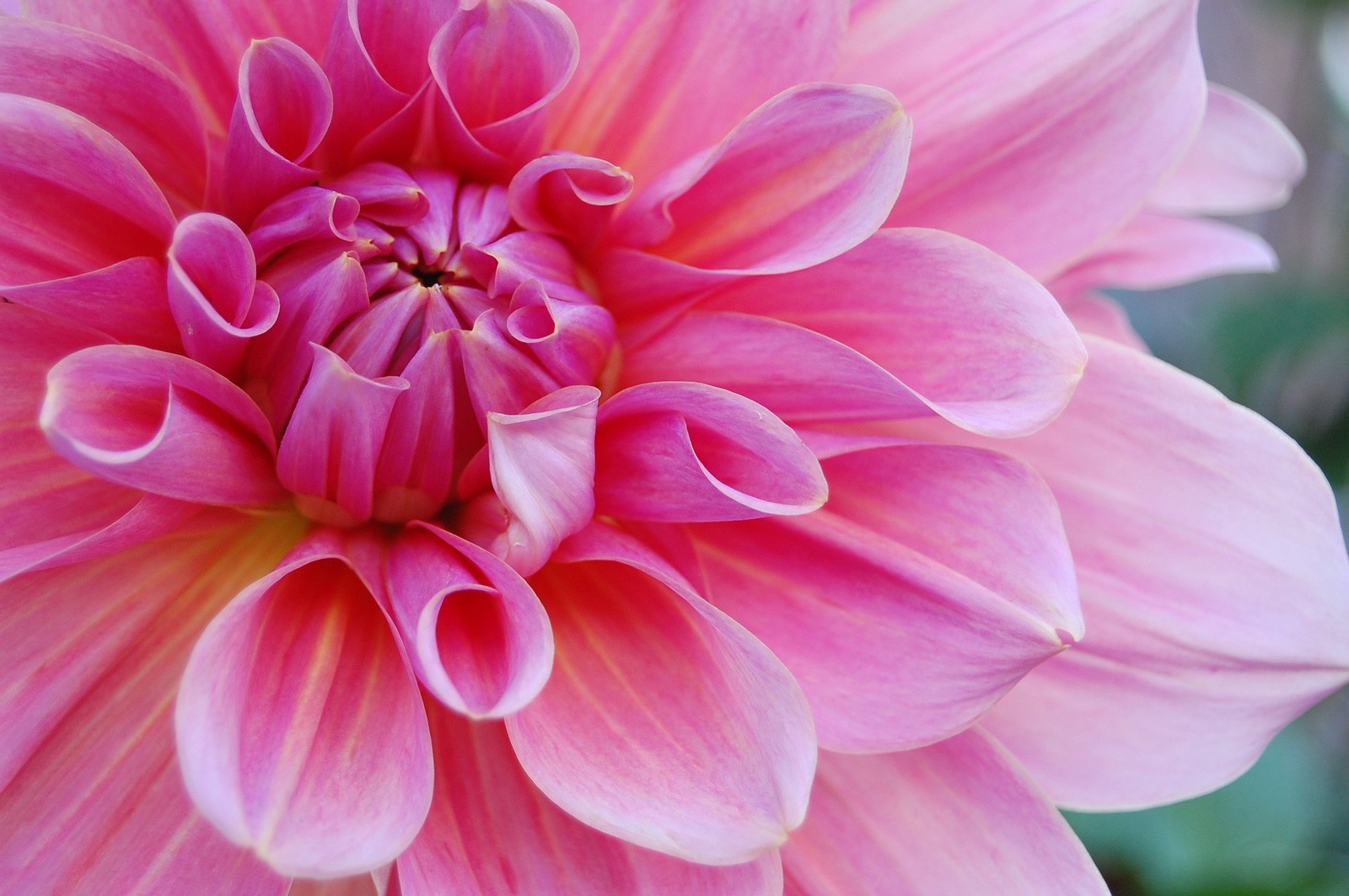Last Updated on July 2, 2023 by Avia
How Nature Can Make You More Creative: Nature has always inspired people, from ancient cultures to modern times. Its beauty, complexity, and diversity have inspired countless works of art, literature, and music. Researchers have found that spending time in nature can actually boost creativity and improve cognitive function. With this in mind, I thought exploring the power of nature and creativity would be intriguing. Can this powerful combo boost creativity? What is the impact of nature on creativity? I’ve got answers.
Table of Contents
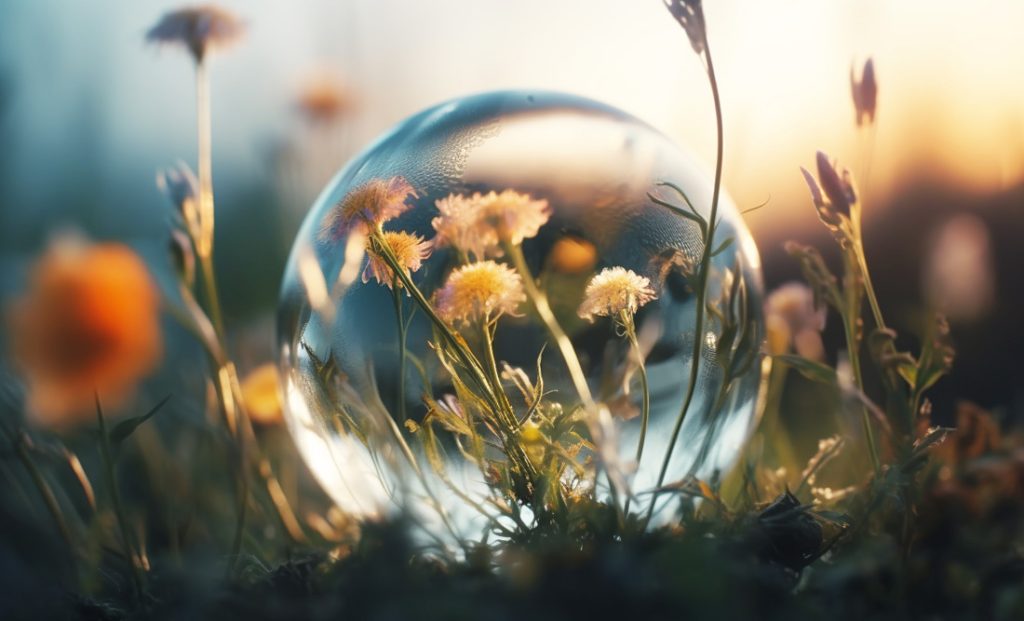
What’s This Article About?
In this article, I will explore how nature can make you more creative and provide you with awe-inspiring tips on looking to nature for inspiration, creativity, and bright ideas. That is just the tip of the iceberg.
I’ll also share tips on meditating in nature, mimicking nature in art, how modern writers and artists borrowed from nature, and how to utilize nature for inspiration and artistry.
You’ll find several medical citations that prove nature and creativity are inextricably connected – and the success of one is contingent upon the other. In my research, there’s no denying that nature is a huge influencer when it comes to boosting creativity in this article.
In addition to the impressive research I’ve provided, I’m also going to tout the benefits of nature and creativity on our physical, mental, spiritual, and emotional well-being. Interested? I hope so!
Maybe you’re experiencing a creative dry spell and looking for inspiration. Or perhaps you want to learn ways to be more creative. Then again, maybe you just want to experience the creative benefits getting out in nature provides – this article is for you. Enjoy!
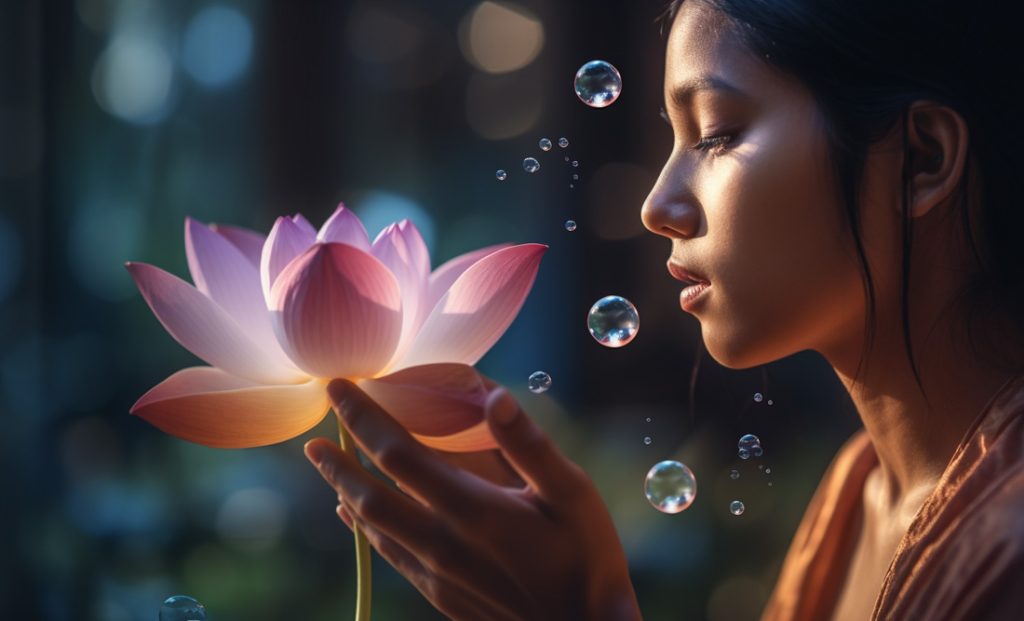
Ways Nature Can Boost Creativity
Did you know that spending time in nature can provide you with a sense of calmness and inspiration that can lead to creative thinking? If not, then you are in for great insights. Some of the ways in which nature can make you more creative include the following:
Reduction in Stress and Anxiety
When you spend time in nature, it can reduce your stress and anxiety. When you are not constantly feeling overwhelmed, your mind can focus on creative thoughts.
Cognitive psychologists confirm that individuals are more creative when they are removed from their usual surroundings and placed in a natural setting. Exposure to nature can result in relief from mental strain, allowing us to come up with new and innovative ideas.
Increase in Divergent Thinking
Divergent thinking is the process of generating multiple ideas or solutions to a problem. Spending time in nature can increase divergent thinking. A study conducted by Ruth Ann Atchley and David L. Strayer found that individuals who took a 4-day backpacking trip were able to generate more creative ideas than individuals who did not go on the trip.
The increased creativity was attributed to the individuals being in a natural setting and being away from their usual surroundings and this shows how you can develop a divergent thinking mindset when you spend some time in nature.
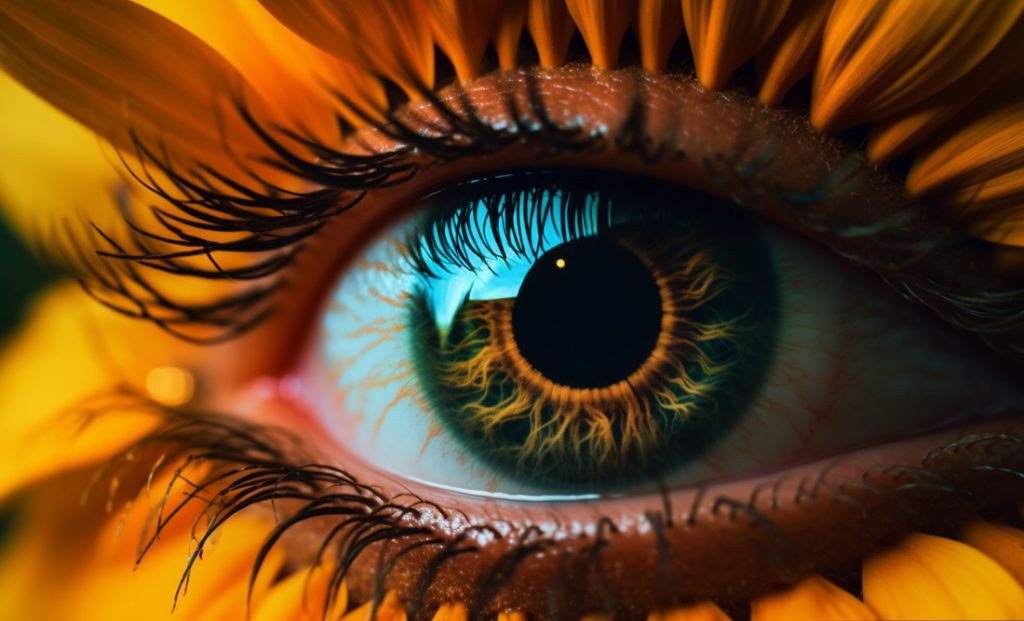
Increase in Attention and Focus
Nature can also help you improve their attention and focus. A study conducted by Marc G. Berman, a psychologist at the University of Michigan, found that individuals who took a nature walk scored higher on a cognitive test than individuals who took a walk in an urban environment.
It is also inspiring to note that increased focus and attention can lead to creative thinking and problem-solving. Research also indicates that submerging ourselves into a natural environment can also quiet the mind, which can prompt better clarity, facilitating better decision-making skills.
Inspiration and Awe
Nature can provide you with inspiration and awe. Viewing a beautiful sunset or standing at the base of a waterfall can give you a sense of wonder and amazement.
This feeling wrought from nature and creativity can lead to a sense of euphoria and the desire to create something new and innovative. That is the same as being surrounded by natural beauty, as it can inspire you to think creatively and outside of the box.
Cognitive Restoration
Cognitive restoration (as in refreshing the brain and thoughts) is also a benefit of nature and creativity. You can become mentally fatigued when you constantly use your brain for work or other tasks.
Spending time in nature can give you the mental restoration needed to come up with new ideas and thoughts. A study conducted by Kaplan and Kaplan found that individuals who spent time in nature were able to concentrate better and think more creatively.
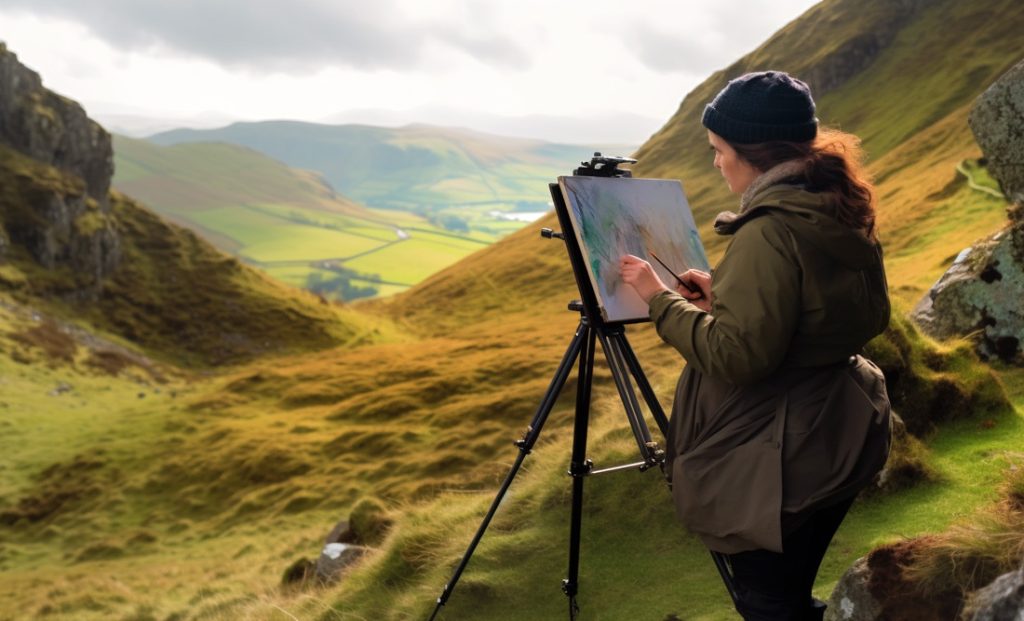
Tips on How to Look to Nature for Inspiration, Creativity, and Bright Ideas
There are several ways to tap the potential of nature and benefit from inspiration, creativity, and brighter ideas that come with it. You can:
Take a Walk in Nature
One of the simplest and most effective ways to tap into nature’s creative potential is to simply take a walk in a natural setting. Whether it’s a park, a forest of trees, or beach, spending time in nature can help clear your mind and inspire new ideas.
Observe the Details
When you are out in nature, take the time to observe the details. Look at the patterns in the bark of a tree, the colors of flowers, or the way the sunlight filters through the canopy. Paying attention to these details can help spark creative thinking and inspire new ideas.
Practice Mindfulness
Mindfulness is the practice where you immerse yourself in your thoughts of the present moment, without judgment or distraction. Practicing mindfulness in nature can help you connect with the natural world and tap into its creative energy.
Keep a Nature Journal
Keeping a journal is a great way to record your observations and ideas while spending time in nature. You can sketch the plants and animals you see, jot down notes on your observations, or simply reflect on your experience.
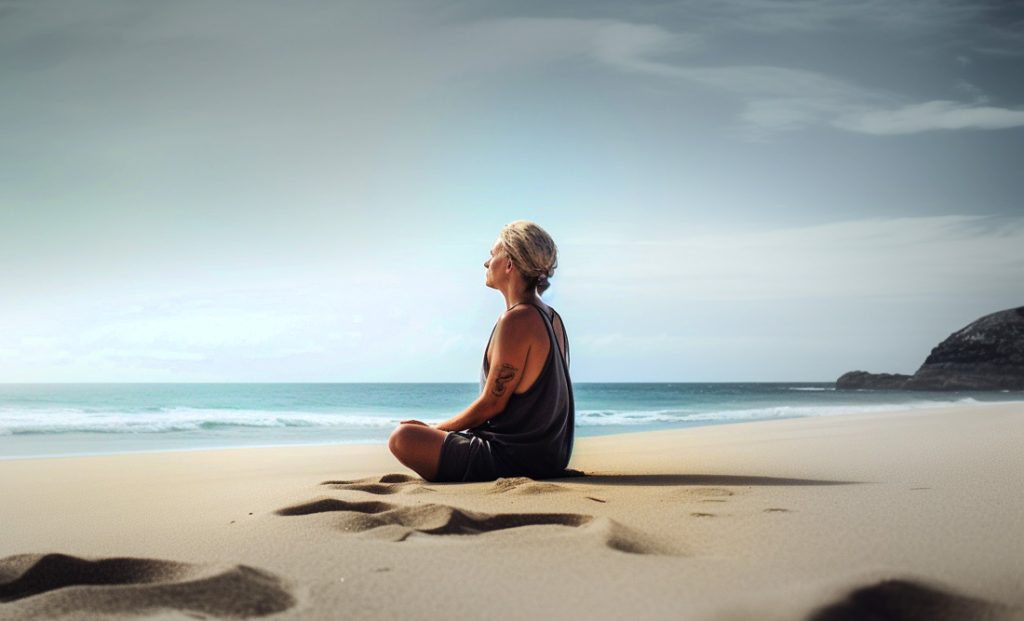
Meditation in Nature
Meditation is a powerful tool for improving focus, reducing stress, and enhancing creativity. When combined with the restorative power of nature, meditation can have even greater benefits.
Meditation in nature can take many forms, from walking meditation to sitting quietly by a stream. The key is to find a natural setting that is quiet and peaceful, and to allow yourself to fully engage with the environment.
Some things you can do to meditate in nature:
Get a Silent or Quiet Place
Look for a quiet spot in nature where you won’t be disturbed. It can be a secluded beach, a quiet forest glade, or a peaceful meadow.
Set Your Intention
Before you begin meditating, point out what you would want to achieve. Whatever you want, whether it is to reduce stress, increase your imagination and creativity, or you just want to connect with nature.
Focus on Your Breath
Use your breath as an anchor to keep you in the moment. Concentrate on the sensation of your breath moving in and out of your body.
Engage Your Senses
Fully engage with the environment by using your senses. Listen to the sounds of nature, feel the breeze on your skin, and take in the sights and smells around you.
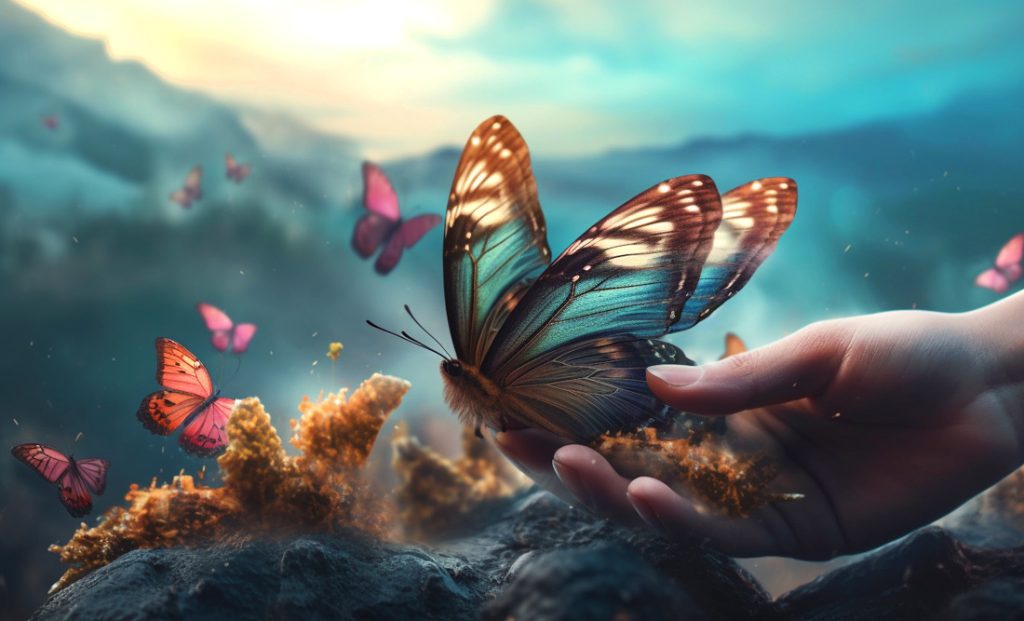
Mimicking Nature in Art
The natural world has inspired artists throughout history, and many have sought to mimic its forms and patterns in their work. Mimicking nature in art can not only create beautiful and captivating works, but also evoke feelings of calm and serenity.
There are many ways to mimic nature in art, from creating realistic representations of natural forms to abstracting its patterns and shapes.
Some examples of artists who have mimicked nature in their work across different cultures include:
Georgia O’Keeffe
Georgia O’Keeffe was an American artist known for her abstract paintings of flowers and desert landscapes. Her work often mimicked the forms and shapes of nature, but with a unique and abstract twist.
Andy Goldsworthy
Andy Goldsworthy is a British artist who creates sculptures and installations using natural materials such as stones, leaves, and ice. His work often incorporates the patterns and shapes found in nature, but rearranged in unexpected ways.
Ernst Haeckel
Ernst Haeckel was a German biologist and artist who created intricate illustrations of marine organisms. His work was not only scientifically accurate, but also aesthetically beautiful, mimicking the intricate patterns and shapes found in nature.
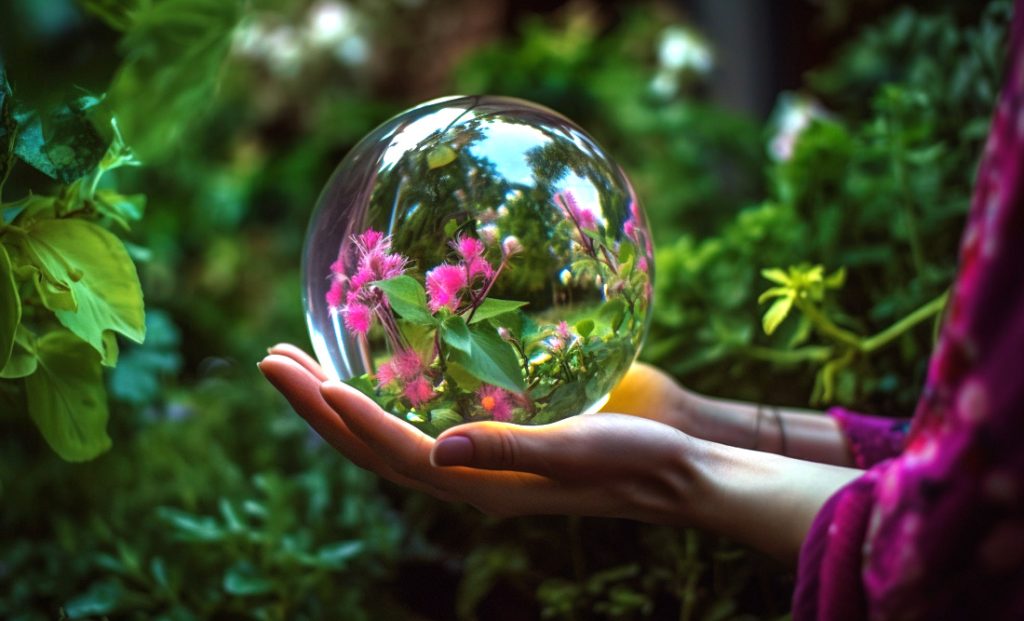
Borrowing from Nature for Creative Expression
Throughout history, artists and writers have used nature to inspire their creativity through various forms such as literature, music or visual art.
Natural motifs played an important role in the architecture and art of ancient civilizations like Greece and Egypt, which celebrated nature’s beauty in their works. Contemporary creatives continue to draw on this tradition for creative expression using nature as a source of valuable insight, particularly in metaphorical contexts.
John Muir
One prominent example is John Muir, who admired and helped preserve precious national parks like Yosemite. His writings often used nature as a spiritual and emotional growth metaphor, inspiring readers to connect with the natural world.
Emily Dickinson
Nature played a significant role in Emily Dickinson’s thematic explorations throughout her poetic career, as reflected by her frequent usage of nature-centric metaphors to accentuate moments of spiritual and emotional growth experienced by both herself and her readership. Dickinson’s poems are full of natural imagery, from the buzzing of bees to the beauty of a sunset.
J.R.R. Tolkien
J.R.R. Tolkien utilized a similar approach in crafting his fantastic creations within well-known classics such as The Lord of the Rings Trilogy; often mimicking various aspects derived from Europe’s diverse ecology for inspiration during his creative process so as to imbue nature-like qualities onto different characters integral to his storyline.
Conclusion
As you have noted, nature and creativity go hand and hand. This dynamic duo has been a source of inspiration for creative expression for people throughout history. It is a fact that nature can make you more creative. I hope this article inspires you to combine the power of nature and creativity so you can live more expansively and happily. As always, thanks for reading!
Mighty brightly,

© Copyrighted. All Rights Reserved.





